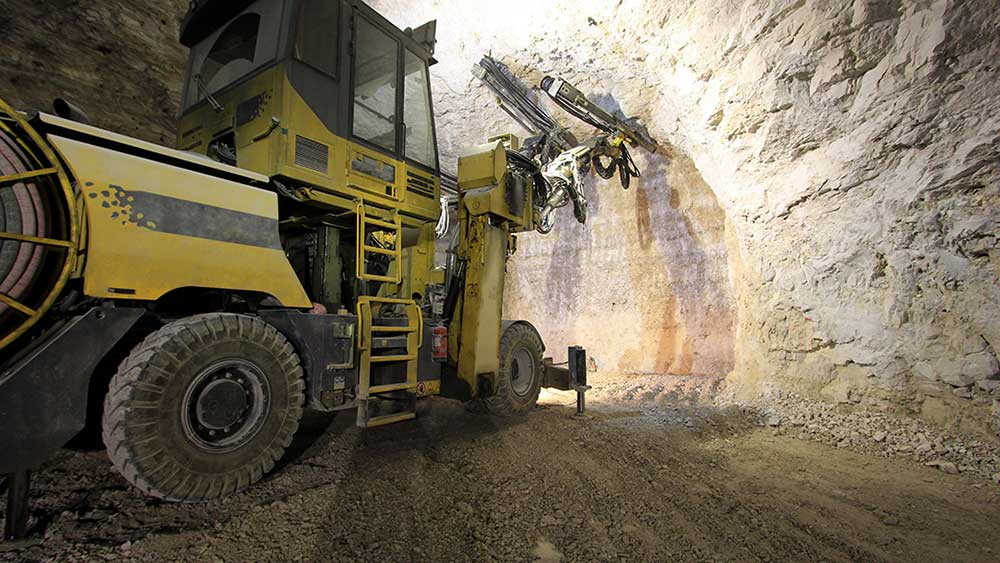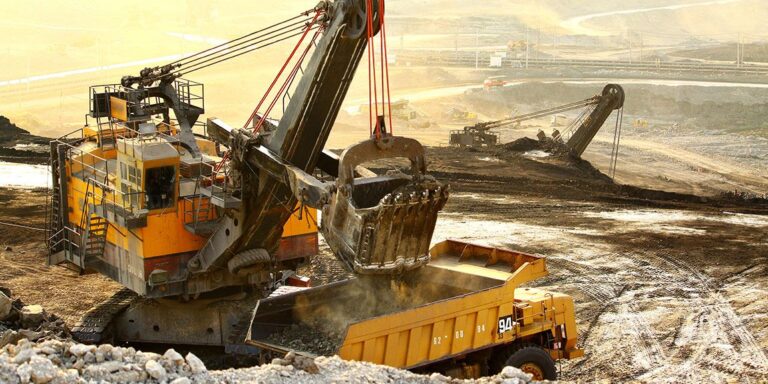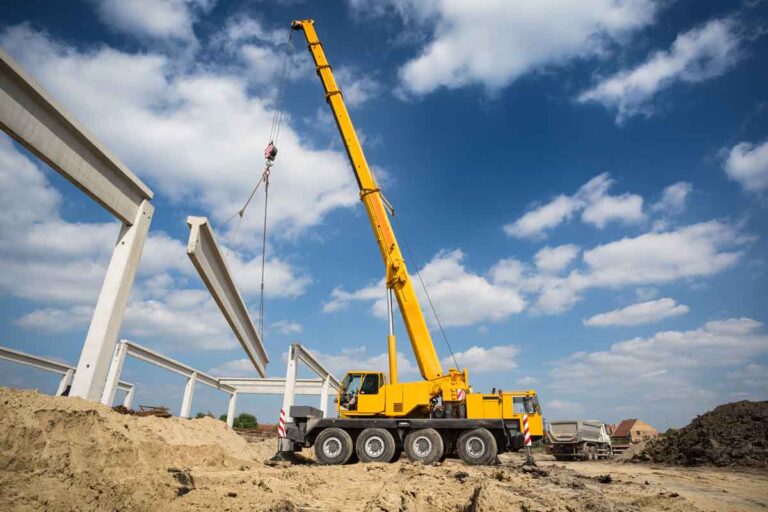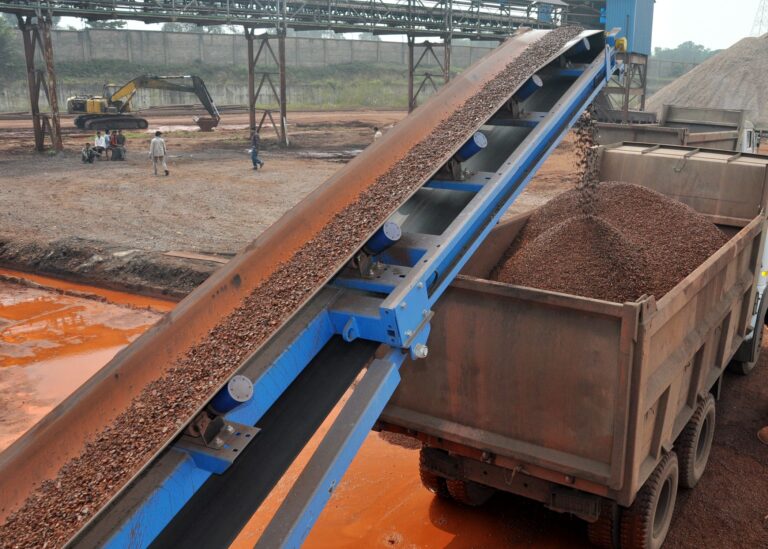
The work of drilling specialists is not exempt from deadly hazards. In this sense, it is essential to know thoroughly the procedures and machines that intervene in the task. In this way, the percentage of accidents by rockfall they will be reduced.
Drilling in underground mining
As established by the Regulation of Safety and Occupational Health in Mining , underground drilling operations require a series of safety measures, among which are:
1. Before starting the drilling, it must be ventilate , irrigate, unleash, clean and sustain the work.
2. Check the front to see if there are shots cut or shots missed. If there were, you should reload the drills and shoot them taking all the security measures of the case. Never drill on or next to cut shots.
3. Make sure that the Support elements : poles, hats, braces, blocks, banded with wood, decking, trellis, rock bolts , among others, are not removed by a previous shot . If they were, they should be insured immediately.
4. During the drilling process, the driller and his assistant are obliged to Constantly verify the existence of loose rocks to eliminate them .
5. When drilling holes that delimit the excavation, roof and hasties, they must do so in parallel to the gradient of the gallery, sub-level, chimney, chamber and other similar work using a smaller amount of explosive charge to avoid over breaks in the final contour.
The drilling of conventional chimneys of more than 20 meters in length should be done using two independent compartments: one for the personnel transit and another for the stall. Except for chimneys prepared with mechanical means. For cases of chimneys developed in “H” the procedure must be done communicating at sub levels every 20 meters.
Drilling in surface mining
In the case of open-pit mine drilling operations, the Regulation establishes the following:
1. In open-pit mining operations, for the drilling and blasting , it will be taken into consideration that the loading of drills can be done both day and night , while the moored and the shot only during the day .
2. The shot will be made at the same time and preferably at the end of the watch , provided that the shot is during the day; taking special care to check that the workers have left the firing area at a minimum distance of 500 meters in the direction of the firing exit.
3. The time and place of the shot will be indicated properly located posters for supervisory knowledge and workers. This obligation may be complemented with other communication systems.
4. In case of weather circumstances , such as thunderstorm, fog, snow, rain and others, the mining owner must reprogram the loading and blasting schedule and act according to established procedures that have been specified for these cases.
5. The supervising operations engineer will proceed to deliver the mine to the person responsible for the blasting with the de-energized power lines , the machinery in pre-established places and the workers evacuated to safe places.
6. Before the execution of the shot, preventive signals will be issued for 10 minutes with all the sirens activated continuously until their completion. Their sounds should have a range of not less than 500 meters. This obligation may be complemented with other systems Communication.
7. The supervising engineer and those in charge of blasting they will check for the last time that the entire area has been evacuated , making a final tour of the area of equipment and facilities near the firing area.
8. Prior to the signal established, and with the authorization of the case, the firing of the shot will be ordered by ordering the continuous touch of the sirens. When the danger has passed 5 minutes after the blasting, it will be verified that all the drills have detonated in their entirety before then reopen the traffic and proceed to pick up the lookouts.
9. HE will check again the condition of the electric cables, poles, insulators and equipment to order the reconnection of the electric power to the pit, as long as they were in good condition and that the shot did not affect them.
Source: http://www.revistaseguridadminera.com/operaciones-mineras/medidas-de-seguridad-en-la-perforacion-minera-subterranea-y-superficial/

One of the indispensable tasks of heavy machinery operators is to know the specific hazards and risks to which they are exposed. The General Directorate of Industry, Energy and

In a highly competitive world there is no room for unreliability. This applies to all fields of economic and social activity. In particular, it is particularly

En el sector minero, las operaciones se realizaron con equipos y maquinarias para el centro de la mano de obra, el uso correcto, el cuidado y la implementación de las
13775 SW 145 CT Miami FL 33186
+1 (305) 232-2621
contact@eymaq.com
Edificio Platinum Plaza Torre B
Andres Reyes 437, Oficina 602
San Isidro, Lima
+51 (1) 705-8265
ventasperu@eymaq.com
Calle 138 # 72A – 40
Oficina 404
Bogotá, Colombia
+57 (601) 508-4341
ventascolombia@eymaq.com
Hola, haz clic en uno de nuestros representates para chatear por Whatsapp